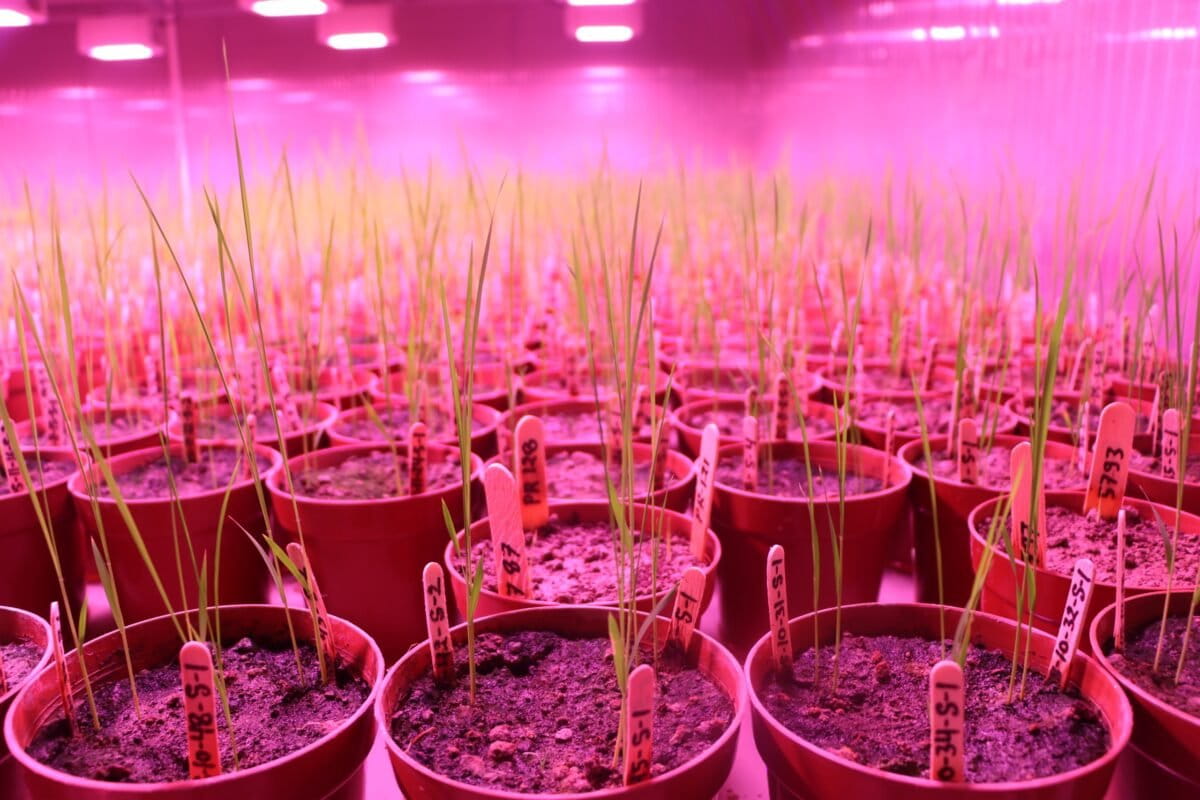- South India’s tea sector is struggling with declining prices, rising production costs, and climate-related yield drops, leaving tea growers in the lurch.
- As a buffer against the volatile tea market, planters in southern India are piloting intercropping tea with fruit and medicinal plants to diversify income, boost soil health, and reduce reliance on tea prices.
- While smallholders remain skeptical about its feasibility, experts urge policy realignment and a deeper look at demographic shifts and long-term viability.
There was a time when cultivating tea in the cool, mist-laden hills of the Nilgiris signalled prosperity. The glossy, tender leaves of Nilgiri tea once held the promise of employment, security, and a way of life passed down through generations. But times have changed. The allure and aroma of India’s tea no longer hold sway in the global market. Annual tea prices remain underwhelming, and rising production costs have rendered profit margins almost negligible.
“Tea prices are falling, and even when they rise, it doesn’t help,” says R. Victor J. Ilango, of the United Planters’ Association of Southern India (UPASI), an apex body of planters of tea, coffee, rubber, cardamom and pepper in the southern states of India. “Labour costs have escalated. Then there’s fuel for the factories, transportation, and all the other overheads. At the end of the day, there’s no real profit to speak of,” he says. Ilango who helms the research wing of UPASI points to fluctuating climatic conditions, leading to newer pests and reduction in the quantity of tea produced in South India, as another driver of this shift.
The numbers are telling. According to the data published by UPASI, South India produced 224 M.Kg (million kilogrammes) in 2018 which fell to an estimated 155.59 M.Kg in 2023. While the average price for a kilogramme of tea was Rs. 101 in 2018, it rose only marginally in five years, staying at Rs. 114.51 in 2023. What is significant is that, against a backdrop of rapidly rising production costs — especially labour, now upwards of Rs 500 per day — this marginal increase means little.
Small growers are hit the hardest, many of whom have long demanded a Minimum Support Price (MSP) from the government. But despite years of advocacy, an MSP remains elusive. “The tea prices have started falling significantly since the start of the millennium. The small tea growers that make up a good number in the Nilgiris and other tea growing areas have been asking the government to fix an MSP to support them,” Ooty-based environmentalist Yukesh Saravanan informs Mongabay India.
Meanwhile, younger generations are no longer keen on continuing the traditional occupation. “Most second- and third-generation tea planters are not interested in growing tea,” says Siddhartha Krishnan, an environmental sociologist with Ashoka Trust for Research in Ecology and the Environment (ATREE).

A way forward through intercropping
Amidst this uncertainty, the UPASI is piloting an experiment — intercropping tea plantations with fruit crops and medicinal plants. The idea is simple, yet ambitious: diversify what grows on the land, generate new revenue streams, and improve soil and ecological health, all without uprooting the tea that still stands at the centre of these communities.
“This is about value addition to revive the interest for South Indian tea and also to create a sustainable future,” explains Ilango who is spearheading the efforts. “There’s oversupply of tea but limited demand, and poor price realisation. We had to look at ways to enhance income without increasing dependence on tea prices.”
The intercropping model is two-pronged. One arm involves planting a variety of fruit crops — particularly citrus varieties such as lime and orange — between tea rows. The other focuses on cultivating traditionally used medicinal plants such as ashwagandha (Withania somnifera), pippali (Piper longum), and majistha (Rubia cordifolia), among others. These plants could later be blended with black tea to create healthy and gut-friendly beverages with a limited stimulant profile of about two to three percent — an emerging niche in global tea markets. “We have identified around 23 such medicinal plants. These are known to and used by the indigenous communities in the Nilgiris for generations,” he says.
To ensure scientific rigour, UPASI has signed MoUs with the Indian Horticulture Research Institute in Bengaluru for fruit crops and the University of Transdisciplinary Health Sciences and Technology, also called Transdisciplinary University (TDU) for medicinal plants. Trials are being run in multiple agro-climatic zones including Coonoor, Vandiperiyar, Valparai and Munnar to understand which crops perform best in which conditions, factoring in elevation, rainfall patterns, dry days, and flowering periods.
Intercropping isn’t entirely new to tea planters, who have long cultivated pepper vines on silver oak trees within their plantations. However, introducing a wider variety of trees and plants could mark a significant departure from generational practices. A key concern is whether tea, unlike coffee, would actually benefit from the shade provided by fruit trees. “Tea needs shade, but filtered shade,” explains Ilango. “Silver oak trees have been offering just that. We’re selecting fruit crops that can provide similar canopy conditions so the tea’s growing requirements are not compromised.”

The hope and the hurdles
R. Sanjith, secretary general of UPASI calls this “an experimental but environmentally-sound solution”. Intercropping, he says, introduces polyculture systems, which restore biodiversity, improve soil health, and make plantations more resilient to pests and diseases. “It also helps in augmenting income from per unit area, considering the cyclical nature of plantation commodities prices.”
However, not everyone is convinced. There is a growing consensus that intercropping may not be feasible for small landholders. K. J. Krishnan, a Badaga farmer with 10 fragmented tea plots spread over three acres near the Ketty Valley in the Nilgiris, says, “Wild animals like bison and monkeys will destroy the fruit trees. Even people steal fruits. Medicinal plants may need to be grown in a greenhouse, but not outside. What we really need is an MSP for tea, not another idea that only benefits large estates.”
Animal interference is a recurring concern — wild buffaloes, monkeys, and boars often venture into plantations, lured by fruit crops. While measures like netting and fencing need to be taken to counter these, they add another cost burden, one that small growers say they simply can’t afford. UPASI admits that they are looking at large growers in the beginning. “Theft and wild animals are real issues. The growers have to take measures to protect the fruits,” Ilango says.
Siddhartha points out that while the project has environmental and agricultural gains, UPASI must take a long, hard look at the socio-economic realities. “It’s not enough to say this will increase biodiversity or soil health. Who benefits from this innovation — is it the small grower or the large plantation owners?” he asks, adding, “Polycropping may, in fact, attract youngsters back to agriculture and that UPASI should have some thoughts saved for various demographic needs while coming up with new projects.” Siddhartha also recommends that UPASI do a serious economic analysis to understand what went wrong with the tea business. Since the demand for South Indian tea is showing a downward trend, “why not phase it out to horticulture slowly?”, he asks.
Saravanan agrees that intercropping on large estates could work. “Tea growers are used to growing pepper with tea. This could be an extension of that. It may be difficult to convince small farmers as they are already troubled by their demand for an MSP being ignored.” He points out that time has come to reconsider where tea sits within policy frameworks. “Tea is still under the Ministry of Commerce and Industry. It should be under the Department of Agriculture and Farmers’ Welfare. That way, more farmer-friendly policies could emerge.”
UPASI is moving forward with cautious optimism. “We are currently experimenting in our regional centres. If we find this to be viable, we will extend it to farmers,” Ilango says.
The hope is that success at the pilot level will lead to broader adoption, and with it, a shift in how tea is grown, marketed, and consumed. And perhaps a future where young people will look back to the land with pride instead of walking away from it.
Read more: [Commentary] Tea gardens in Darjeeling and Kalimpong can aid in landscape conservation
Banner image: Tea gardens in Ooty, The Nilgiris, below which land is being prepared for growing vegetables. While silver oak trees provide the filtered shade that tea requires, UPASI is exploring the possibility of growing fruit trees that can provide similar shade and additional income. Representative image by Timothy A. Gonsalves via Wikimedia Commons (CC BY-SA 4.0).














